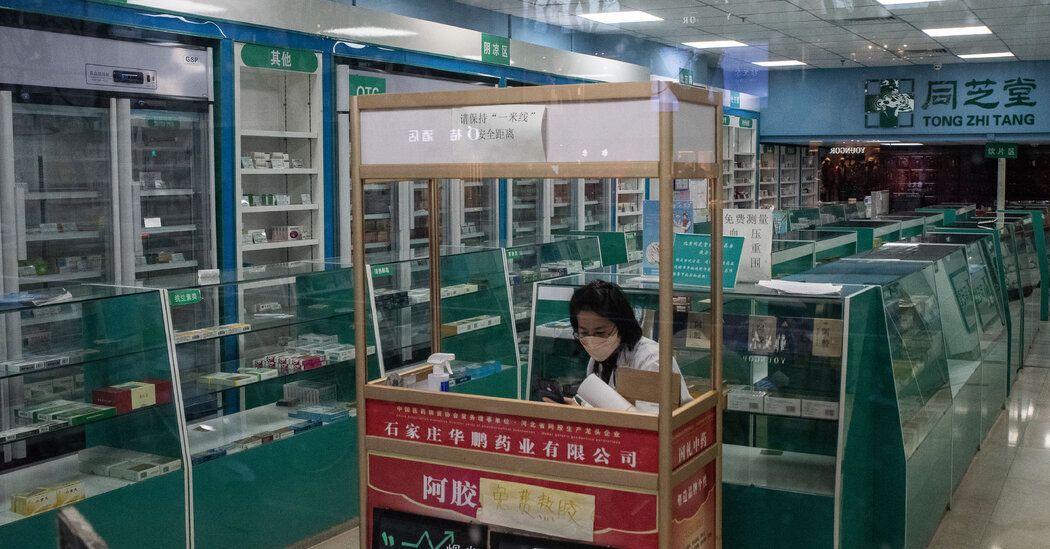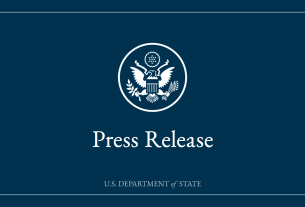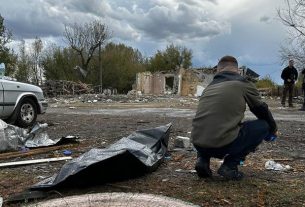Since China abandoned its restrictive “zero Covid” policy about two weeks ago, the intensity and magnitude of the country’s first nationwide outbreak has remained largely a mystery. With the country ending mass testing, case counts are less useful. The government has a narrow definition of which deaths should count as caused by Covid. Anecdotal evidence, like social media postings of hospital morgues overcrowded with body bags, is quickly taken down by censors.
Now, a picture is emerging of the virus spreading like wildfire.
One province and three cities have reported Covid estimates far exceeding official tallies in recent days. At a news conference on Sunday, an official in Zhejiang Province, home to 65 million people, estimated that daily Covid cases there had exceeded one million.
In the eastern city of Qingdao, population 10 million, a health minister said on Friday that there were roughly half a million new cases each day, a number he expected would rise sharply in the coming days, local news sites reported.
In Dongguan, a city of seven million in central Guangdong Province, a city health commission report on Friday estimated between 250,000 and 300,000 new cases daily.
And in northwestern Shaanxi Province, officials in Yulin, a city of roughly 3.6 million people, logged 157,000 infected on Friday, with models estimating that more than a third of the city’s population had already been infected, according to local media.
These numbers contrast sharply with those from China’s national health commission, which on Friday reported about 4,000 Covid cases for the entire country. It’s also a contrast with the picture the ruling Communist Party has presented since its abrupt about-face on Covid policy in early December. Health experts and state media outlets have downplayed Covid’s severity, focusing on stories of recovery rather than of severe illness. The result has been a one-sided presentation of an outbreak that some experts believe could cause over a million deaths in the coming few months.
Understand the Situation in China
The Communist Party cast aside restrictive “zero Covid” policy, which set off mass protests that were a rare challenge to the Communist leadership.
China has acknowledged only seven deaths from Covid in the past two weeks and a few thousand new cases daily, which health experts call a vast undercount.
On Sunday, China’s national health commission announced without explanation that it would no longer provide daily Covid data. The Chinese Center for Disease Control will provide that information, the commission said, without specifying how often.
Karen Grepin, a public health expert at the University of Hong Kong, estimates that China could be facing tens of millions of new cases a day, based on estimates extrapolated from Hong Kong’s own outbreak this year.
Hospitals and health care workers are facing “never-before-seen challenges,” according to the report from the Dongguan health commission. It said that last week more than 2,500 of the city’s health workers went to work with either confirmed Covid infections or high fevers. At one Dongguan hospital, roughly half of the 3,000 health workers had been infected, according to the report.
Qian Jun, deputy director of Dongguan’s health center, described the overloaded health care system as “a tragic situation.”
In Qingdao, makeshift medical sites were rationing health packages consisting of 10 ibuprofen tablets and two rapid antigen tests per person, according to local news media reports.
Jin Dong-Yan, a virologist at the University of Hong Kong, said while many countries faced issues with underreporting of major outbreaks for various reasons, such as asymptomatic cases or disincentives to report, the official tallies by China’s central government were so far off as to appear disingenuous.
“That’s unacceptable,” Professor Jin said. “They need to rectify this at some point — and the earlier the better.”
As the gap between official data and public perception has grown, so has online ridicule. When Heilongjiang Province reported five Covid cases early this month, one online commenter remarked that he knew all of those cases personally.
Even Hu Xijin, the former editor of the Communist Party paper Global Times, criticized the official numbers. In a WeChat blog posted on Saturday, he commended the bold reporting from Qingdao, contrasting it with official case counts that “deviated widely from the experiences of the public.”
Such metrics are leading to an “erosion of credibility in official statistics,” he wrote.
China’s outbreak is straining not only its government’s credibility and its health care system, but also the ability to provide basic fever-reducing medications. Millions now face the prospect of going without them, as pharmacies run out of the most effective medicines. In Yulin, the authorities ordered pharmacies to ration ibuprofen and other fever-reducing medication and allowed customers to buy no more than a three-day supply.
Some officials have gone further. At least two Chinese pharmaceutical companies told The New York Times that the authorities had seized their supplies of ibuprofen and acetaminophen, preventing them from supplying their usual customers.
Such moves recall what happened to mask manufacturers nearly three years ago, at the start of the pandemic. The actions then appeared broader, encompassing not just Chinese-owned companies but also multinationals such as the N95 mask producer 3M, which is based in St. Paul, Minn., but has long operated a mask factory in Shanghai.
Together, the shortage of medication and high case counts in far-flung cities in recent days paint a picture of a virus that is spreading far faster than experts had estimated, Professor Jin said.
“We expected explosive outbreaks,” he said, “but this is much, much more devastating than the one in Hong Kong earlier this year.”
Keith Bradsher, Li You and Zixu Wang contributed reporting and research.



